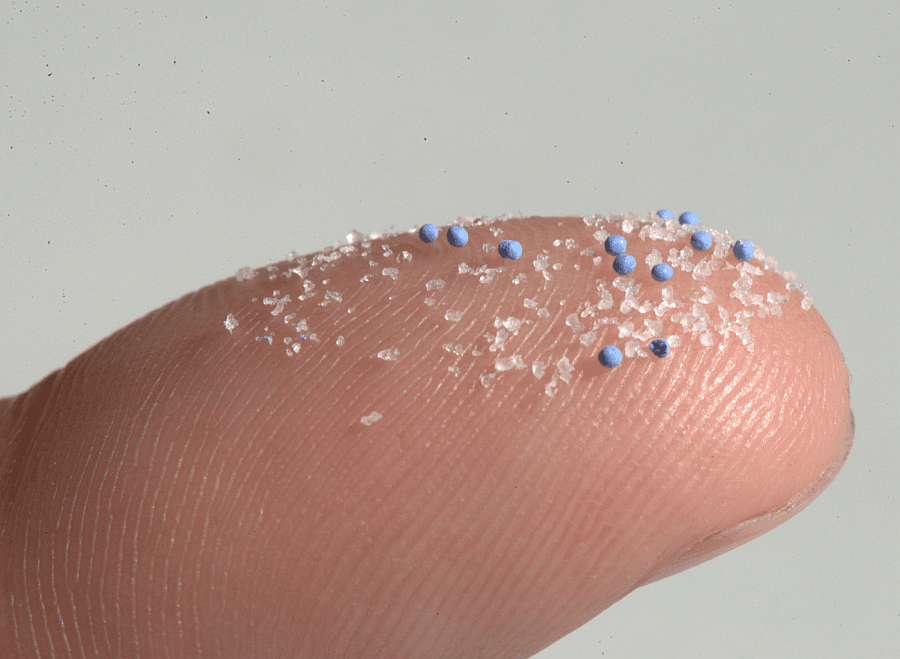What Are PFAS?
Perfluoroalkyl and poly-fluoroalkyl substances (PFAS) are a family of toxic chemicals that accumulate in the environment and living organisms, earning them the nickname “forever chemicals.”
At this time, cancer-linked PFAS are legally allowed to pollute public drinking water supplies in the United States. Testing for these chemicals is not required, nor is removal. Yet, PFAS have been detected in all 50 states, and experts estimate 200 million Americans drink (and use) tap water contaminated with toxic PFAS daily. Given the lack of testing and regulations, that’s likely a conservative estimate.
On June 15th, 2022, the U.S. Environmental Protection Agency (EPA) released an alarming advisory warning that several PFAS are far more toxic than previously thought and pose severe health risks in water, even at tiny, “near-zero” levels (we’ve summarized that advisory here). The advisory shrunk existing tap water recommendations for two specific PFAS, PFOA and PFOS, to almost zero, indicating these chemicals are dangerous at virtually any level in tap water. The advisory also introduced recommendations for two additional PFAS, GenX and PFBS, indicating both chemicals pose similar and serious dangers to human health in water.
However, that advisory only offers recommendations, not regulations. Therefore, nothing in the advisory can be enforced by law. Meaning PFAS continue to legally poison our public drinking water supplies in all 50 states at this very moment, and without us even recognizing it.
In this article, we’ll take a deep dive into PFAS chemicals to learn more about what they are, their prevalence, associated health risks, and ways to limit your daily exposure.

Please note: As new information is released, this guide will be updated with the latest information, advisories, and data regarding PFAS in public drinking water supplies.
Guide last updated 3/23/23.









